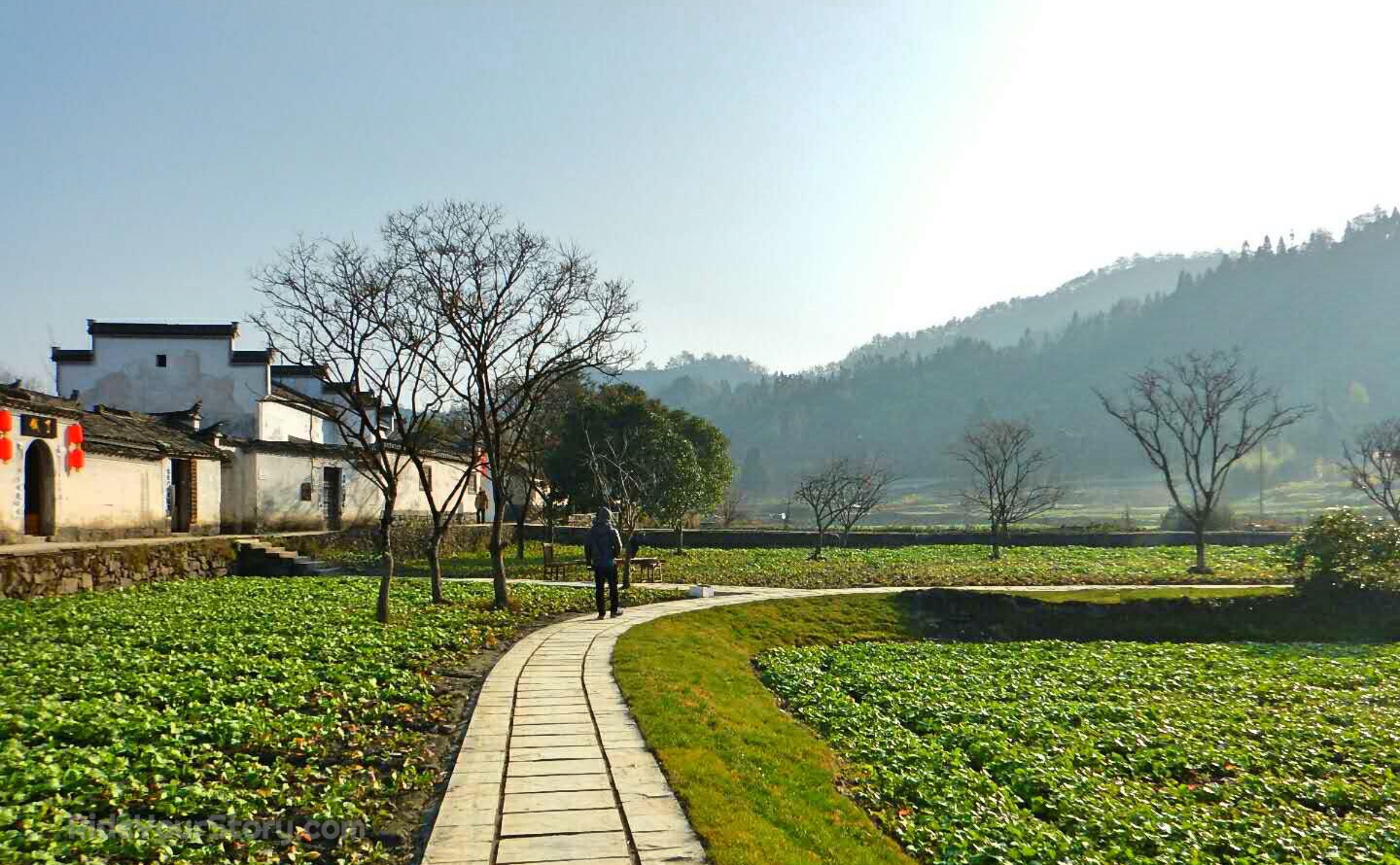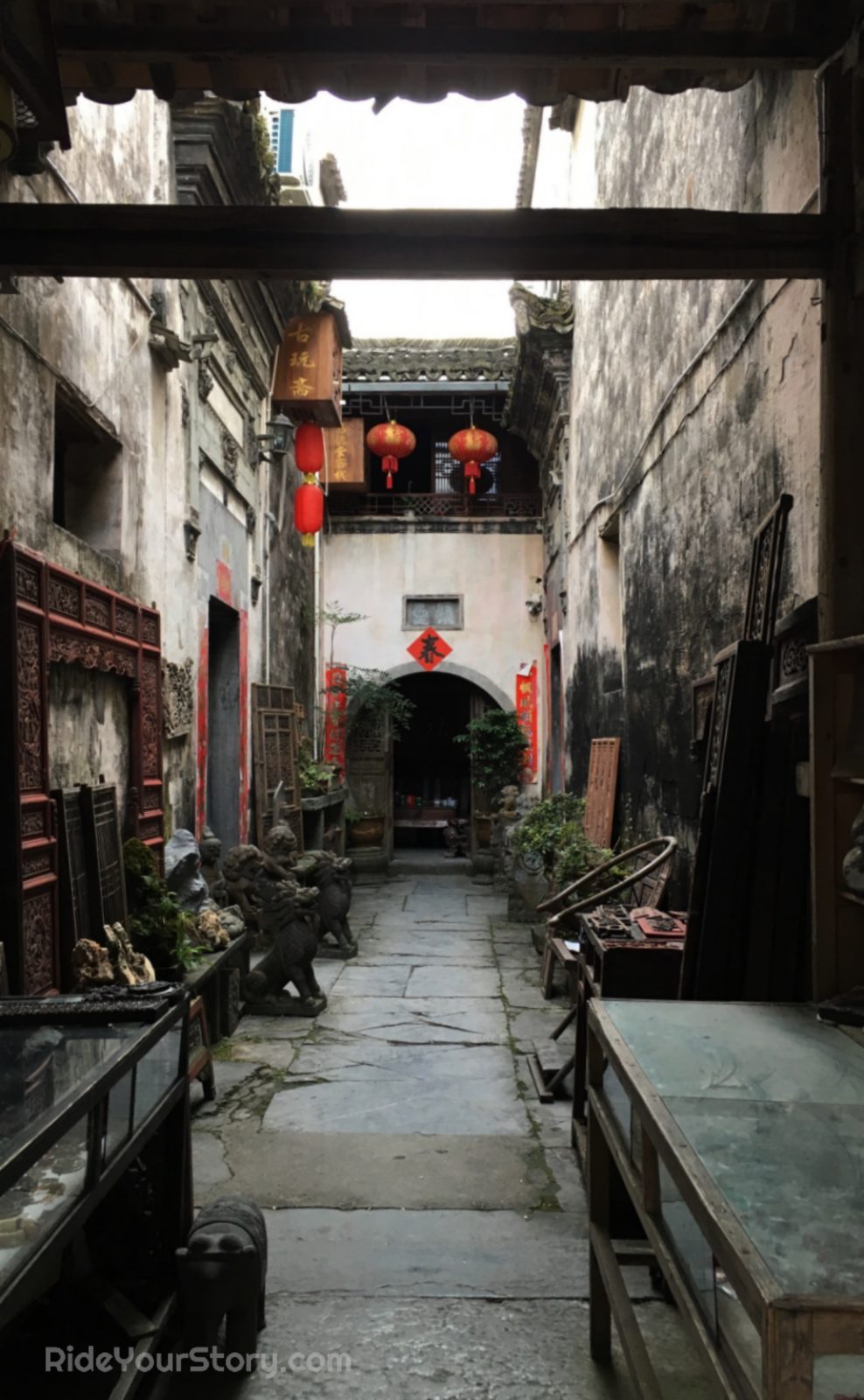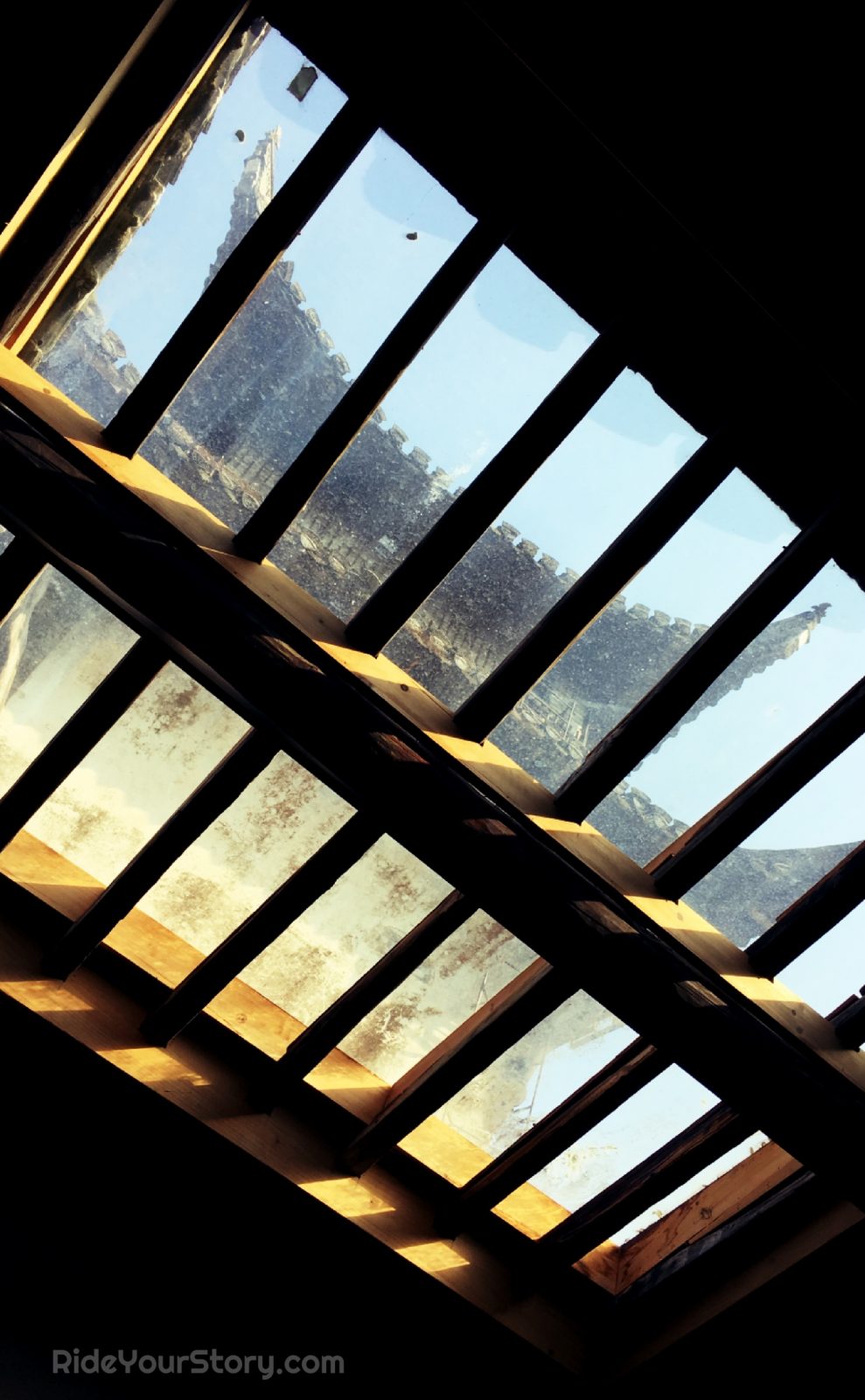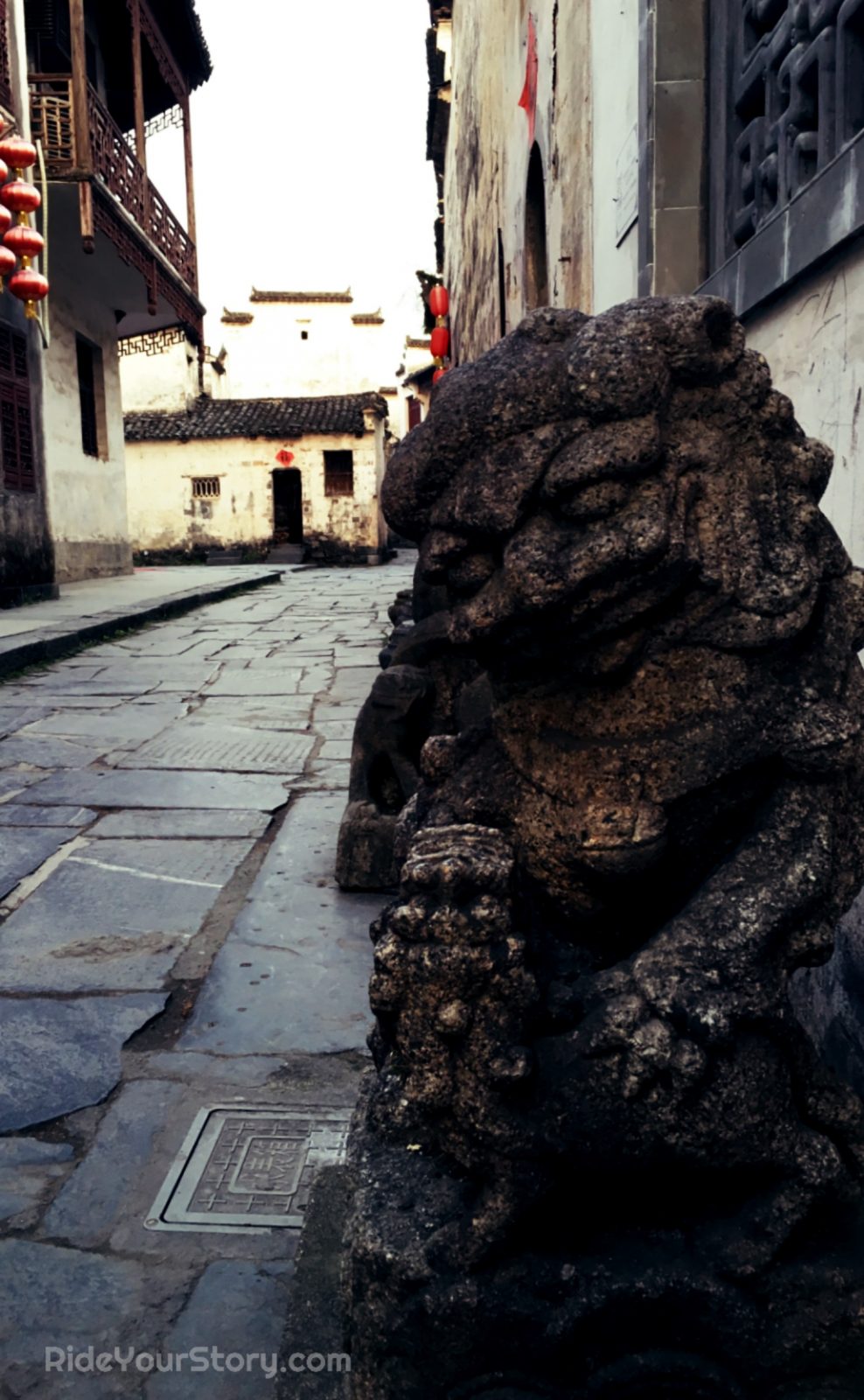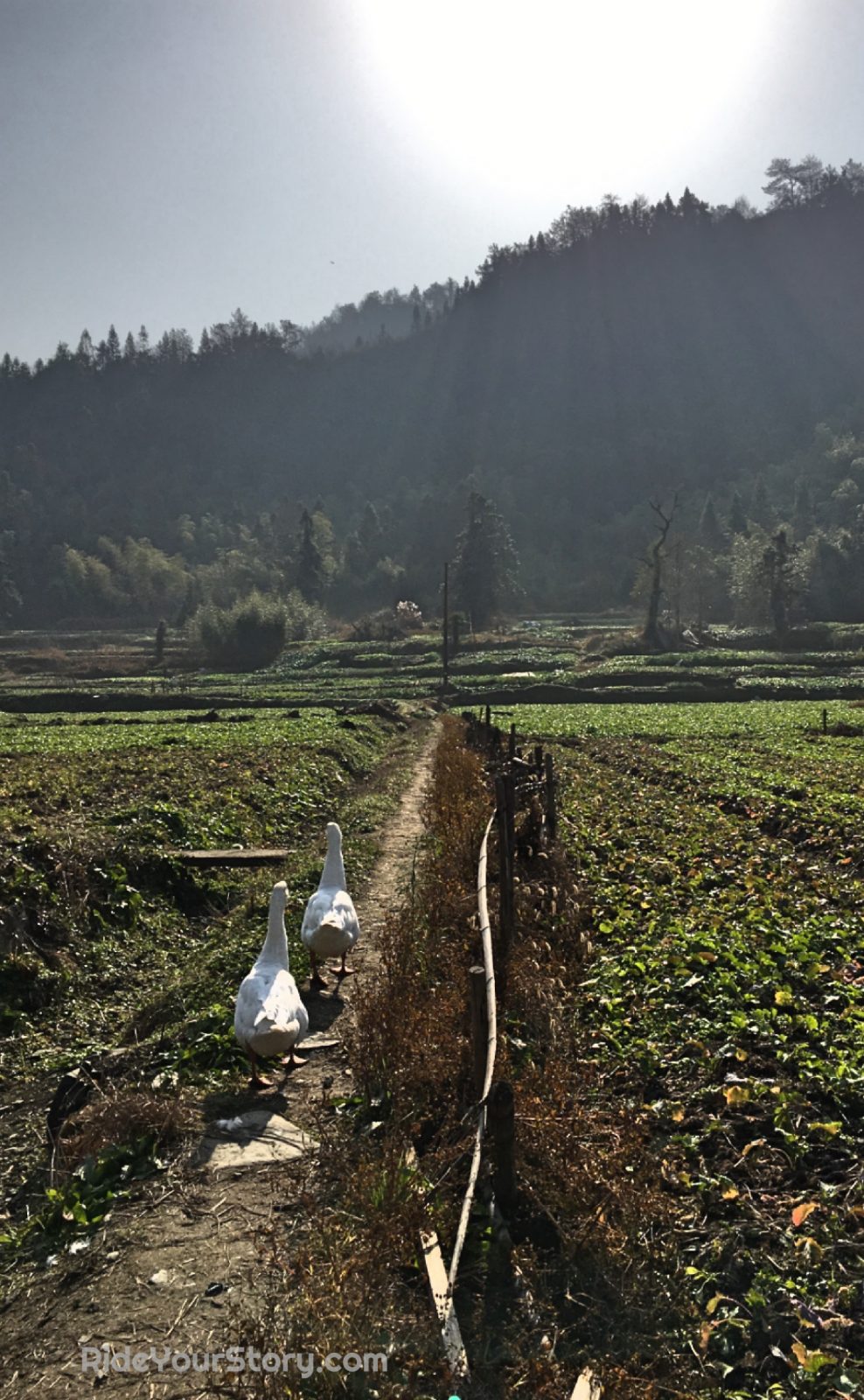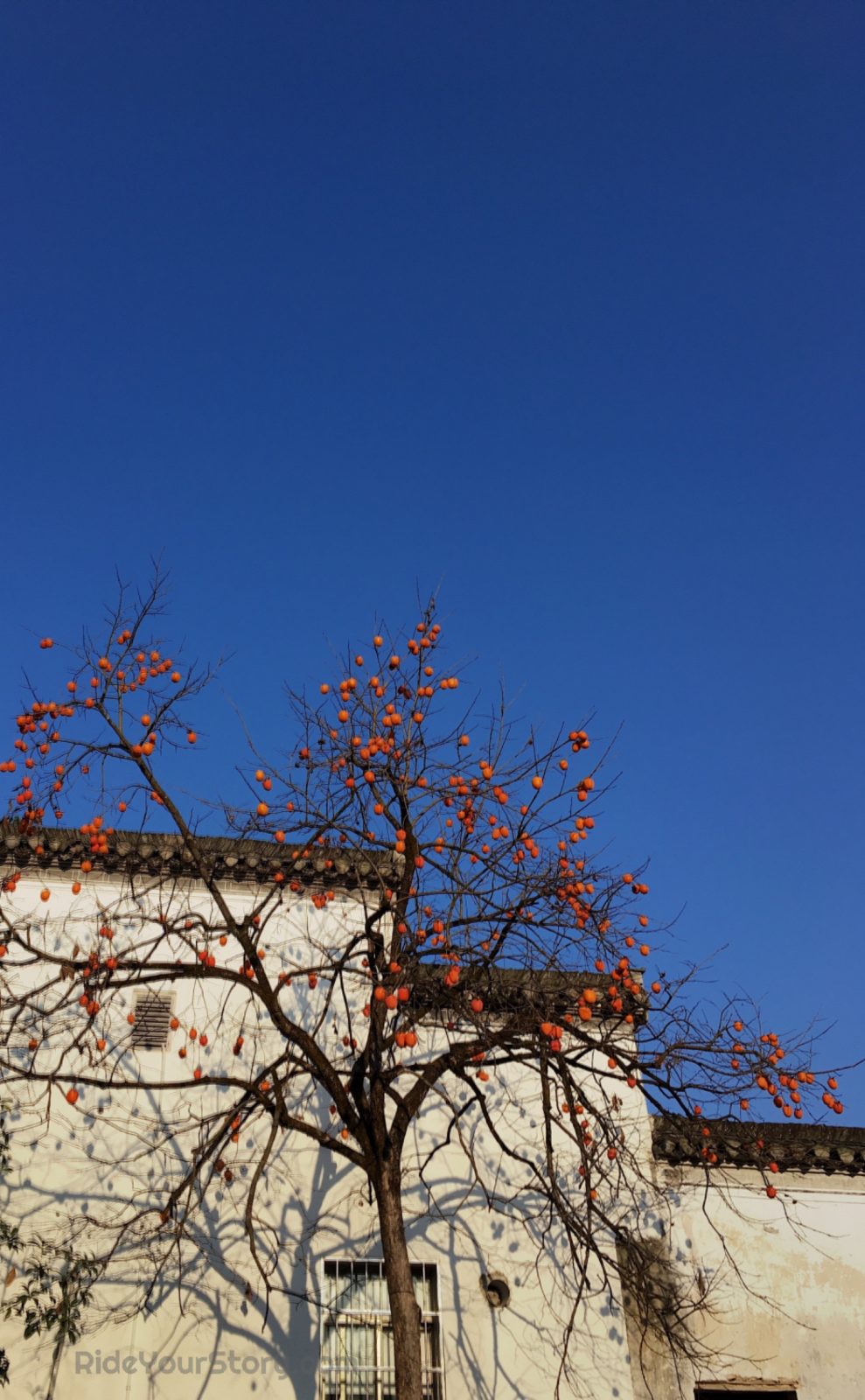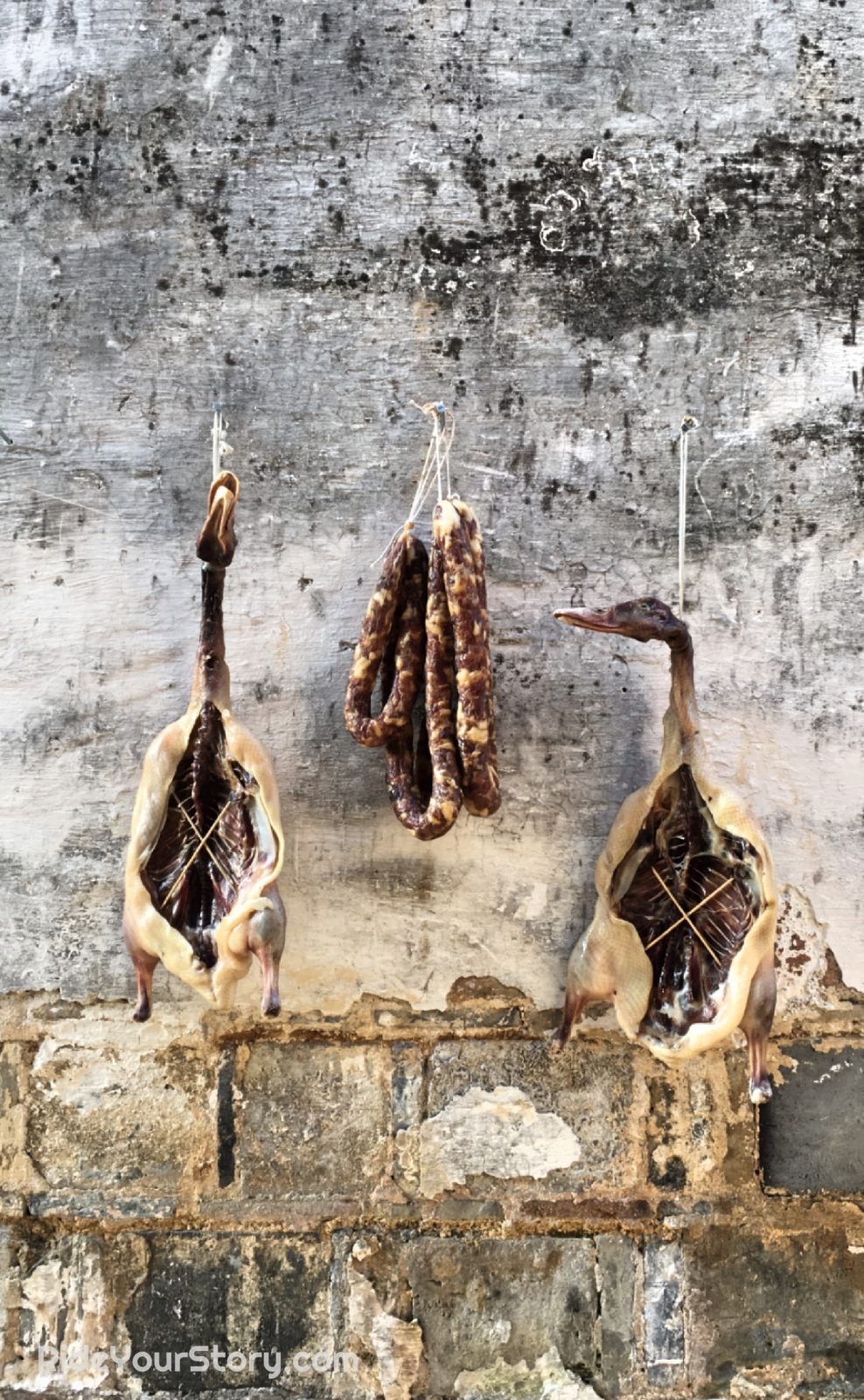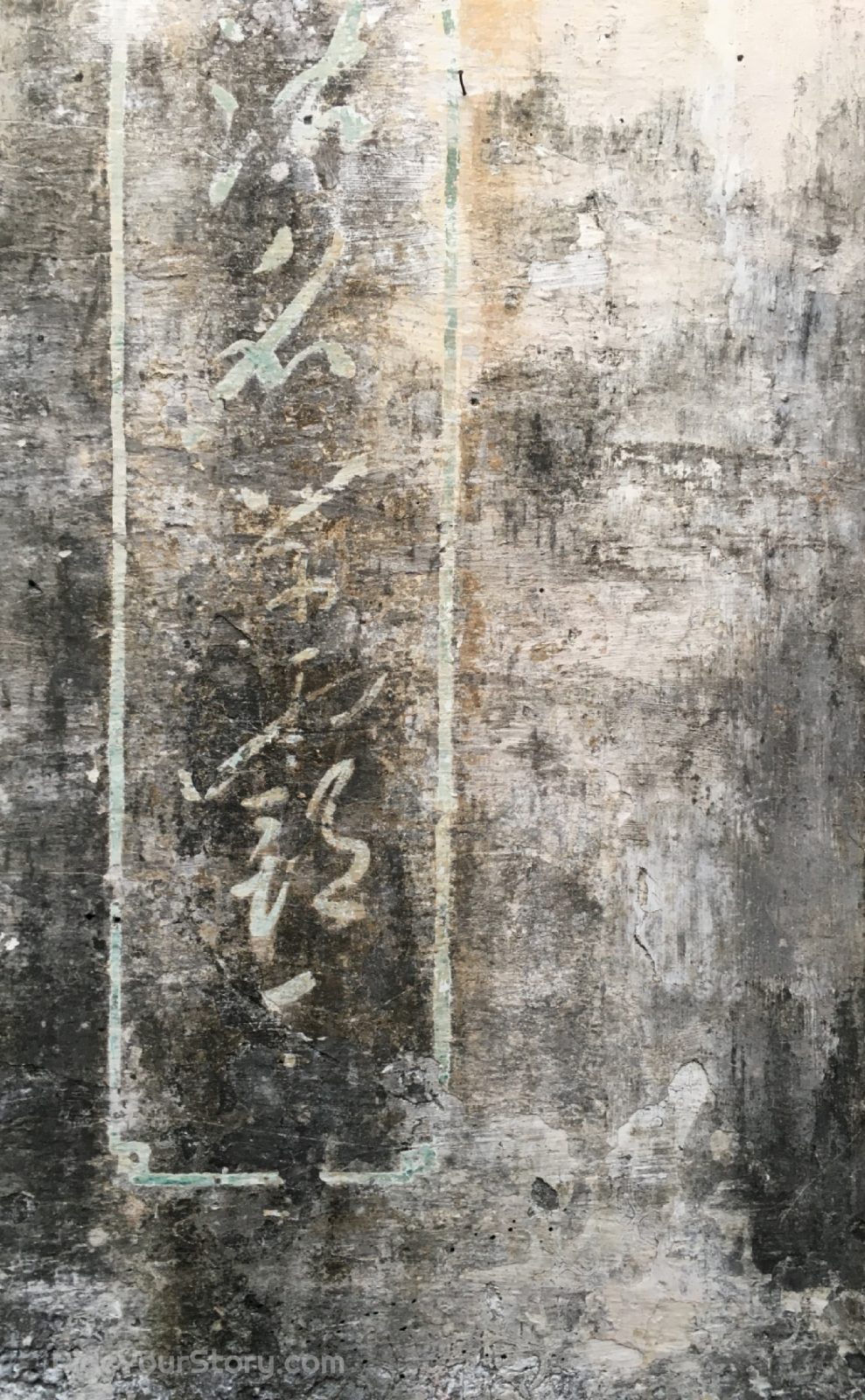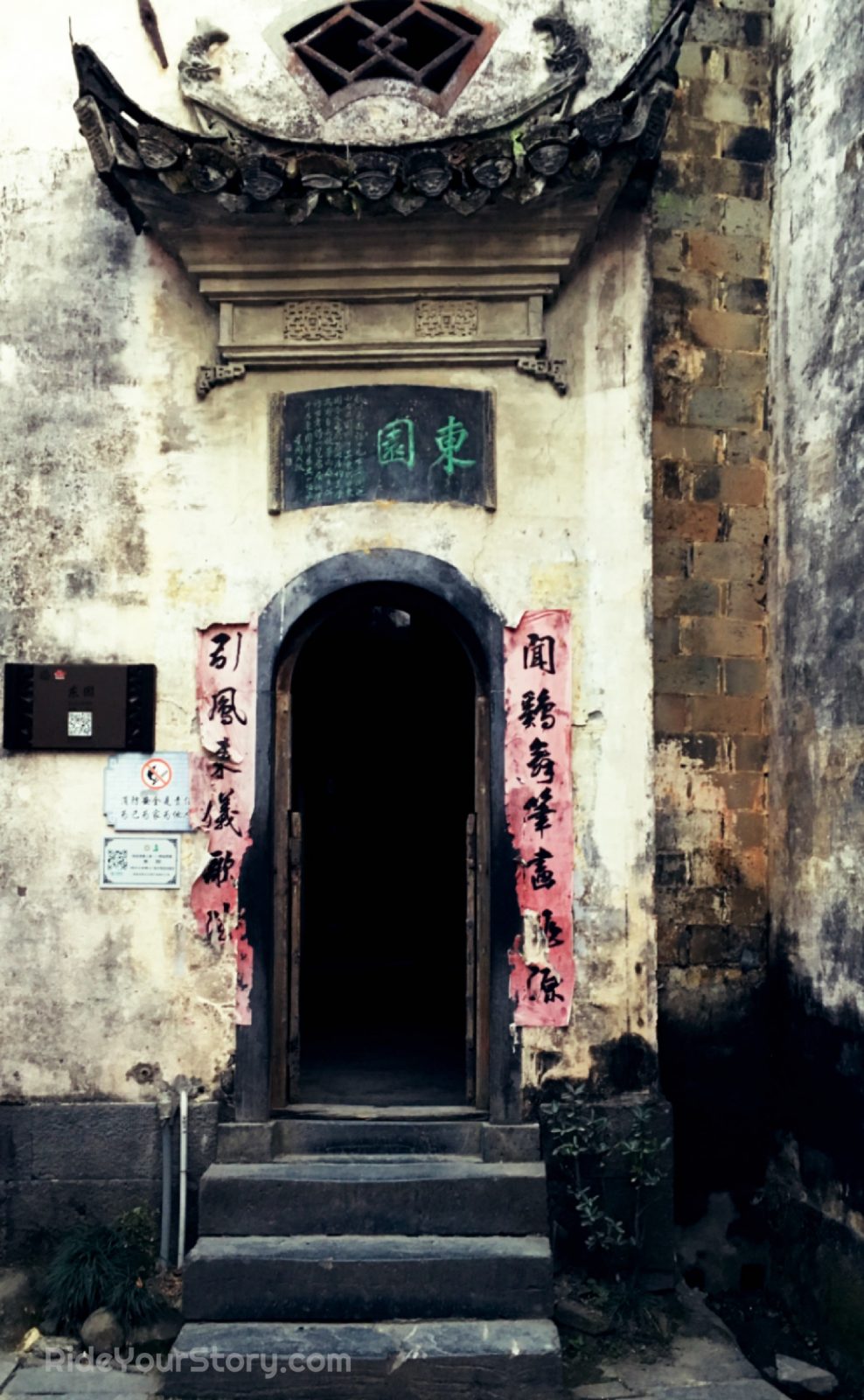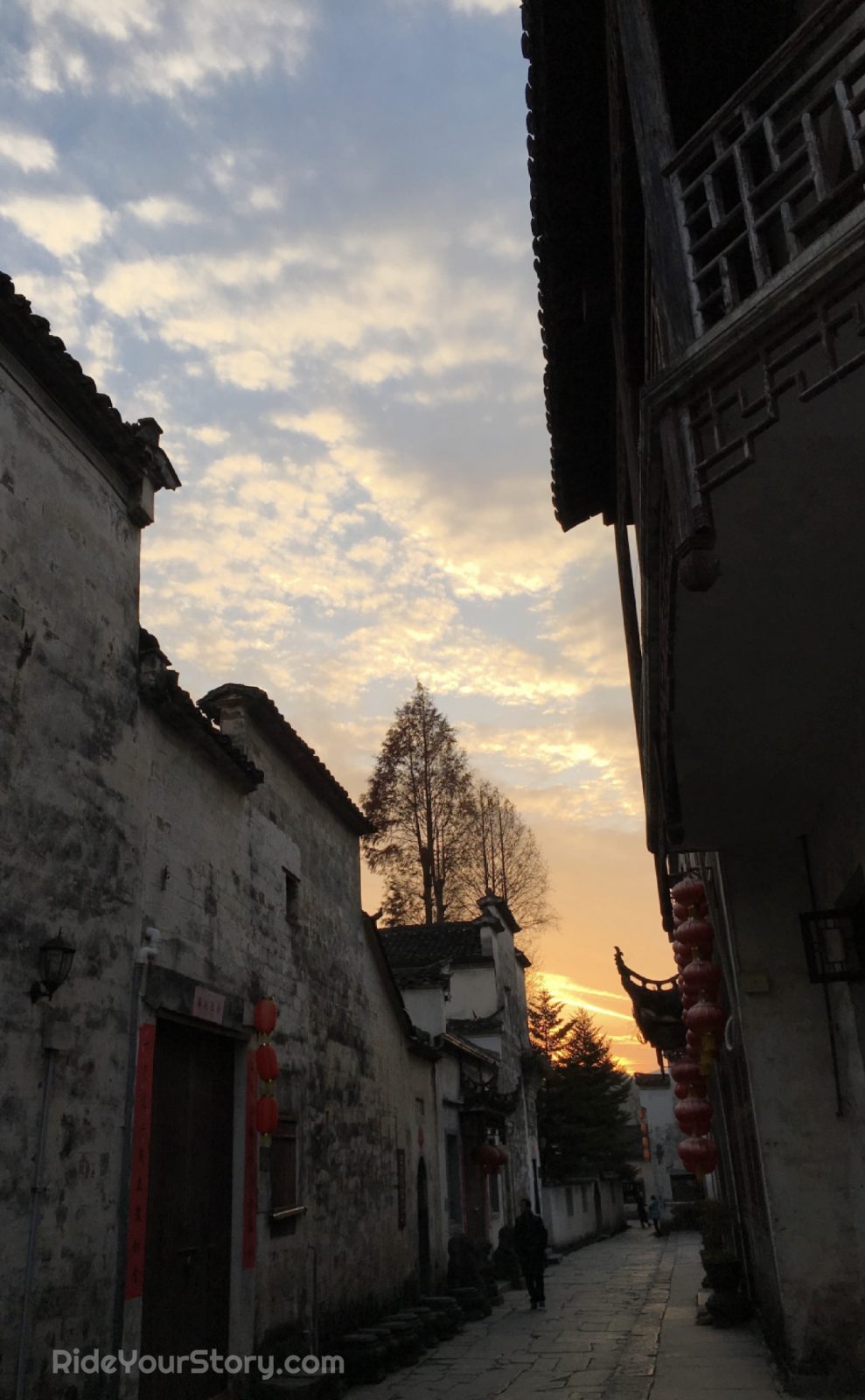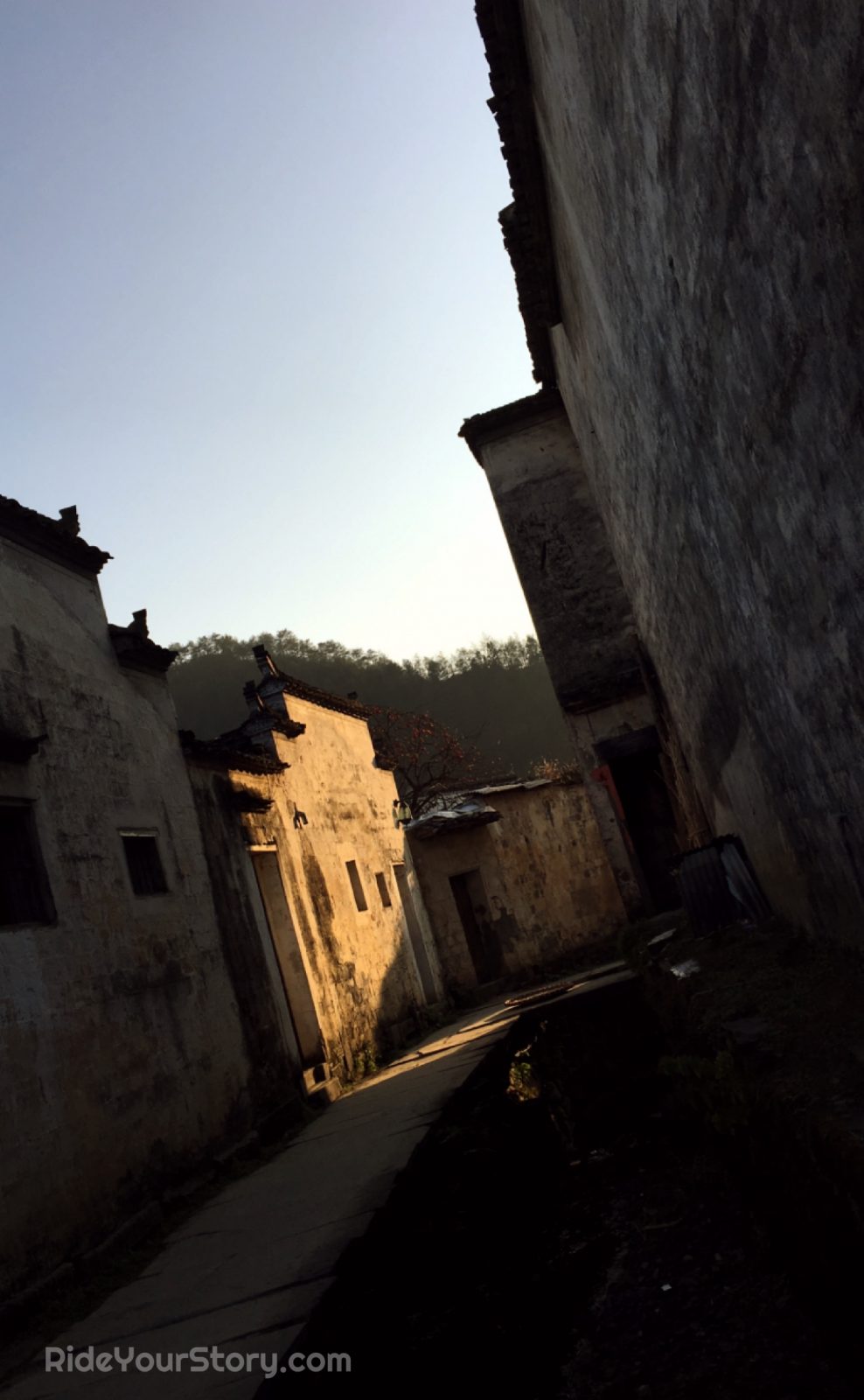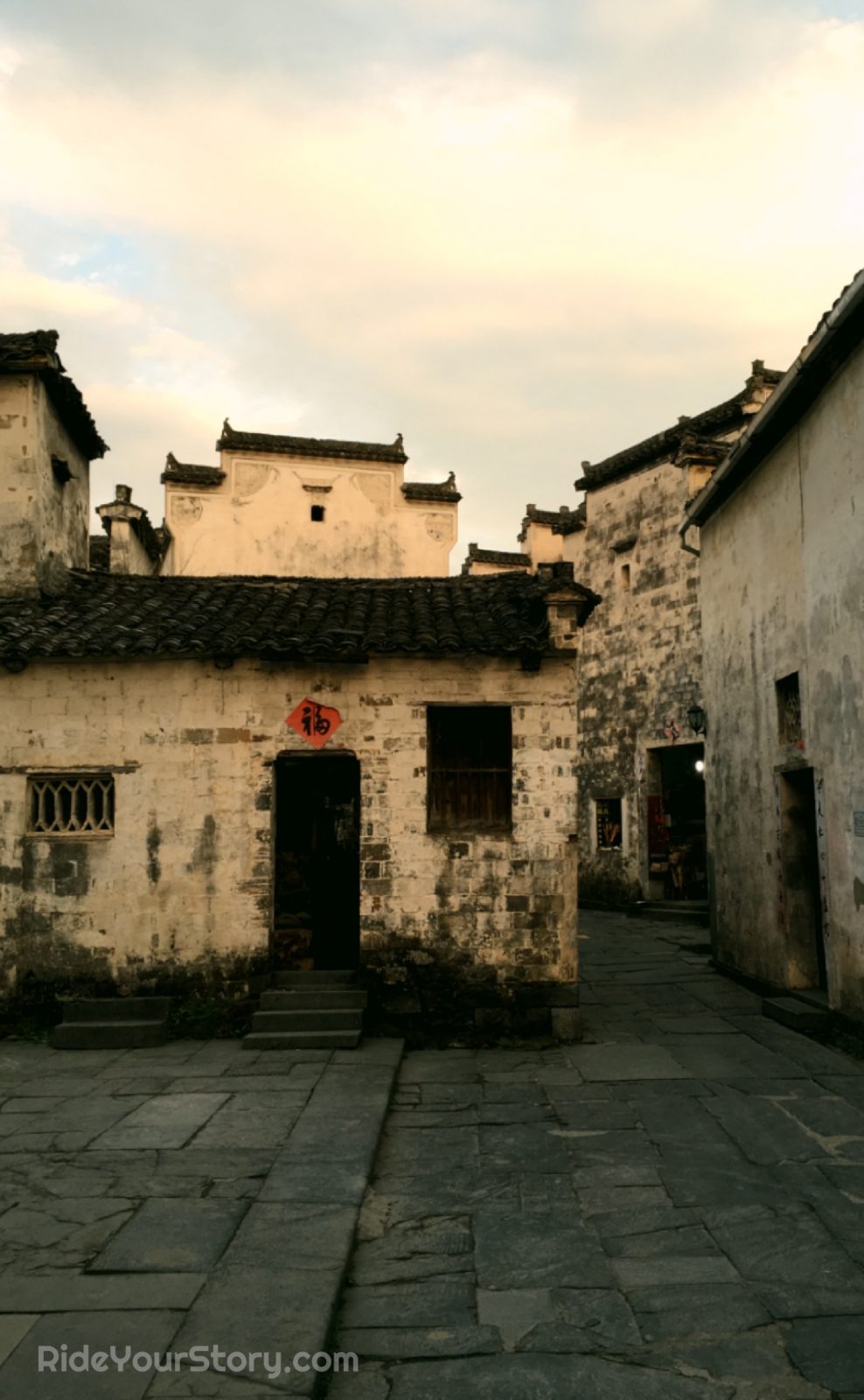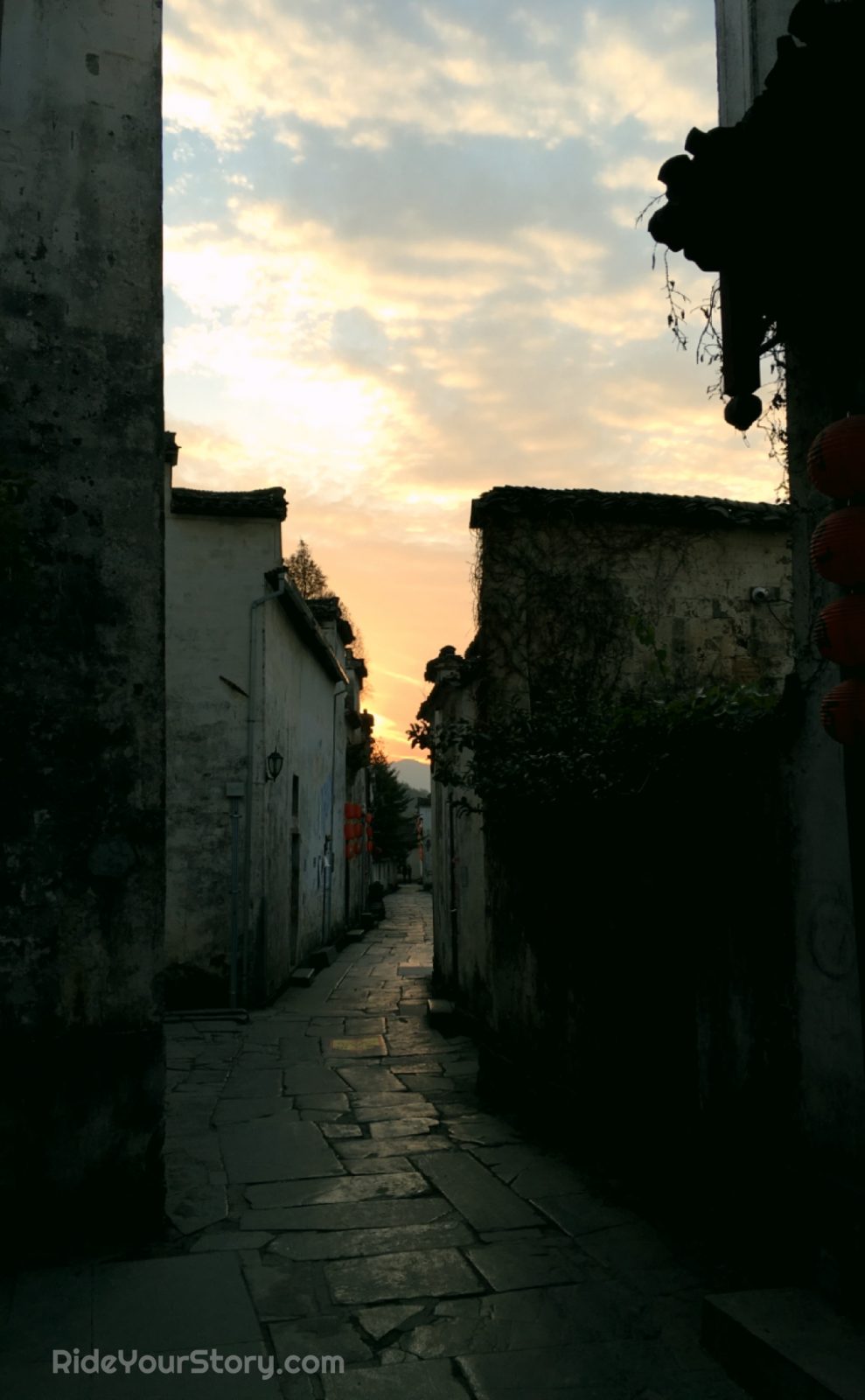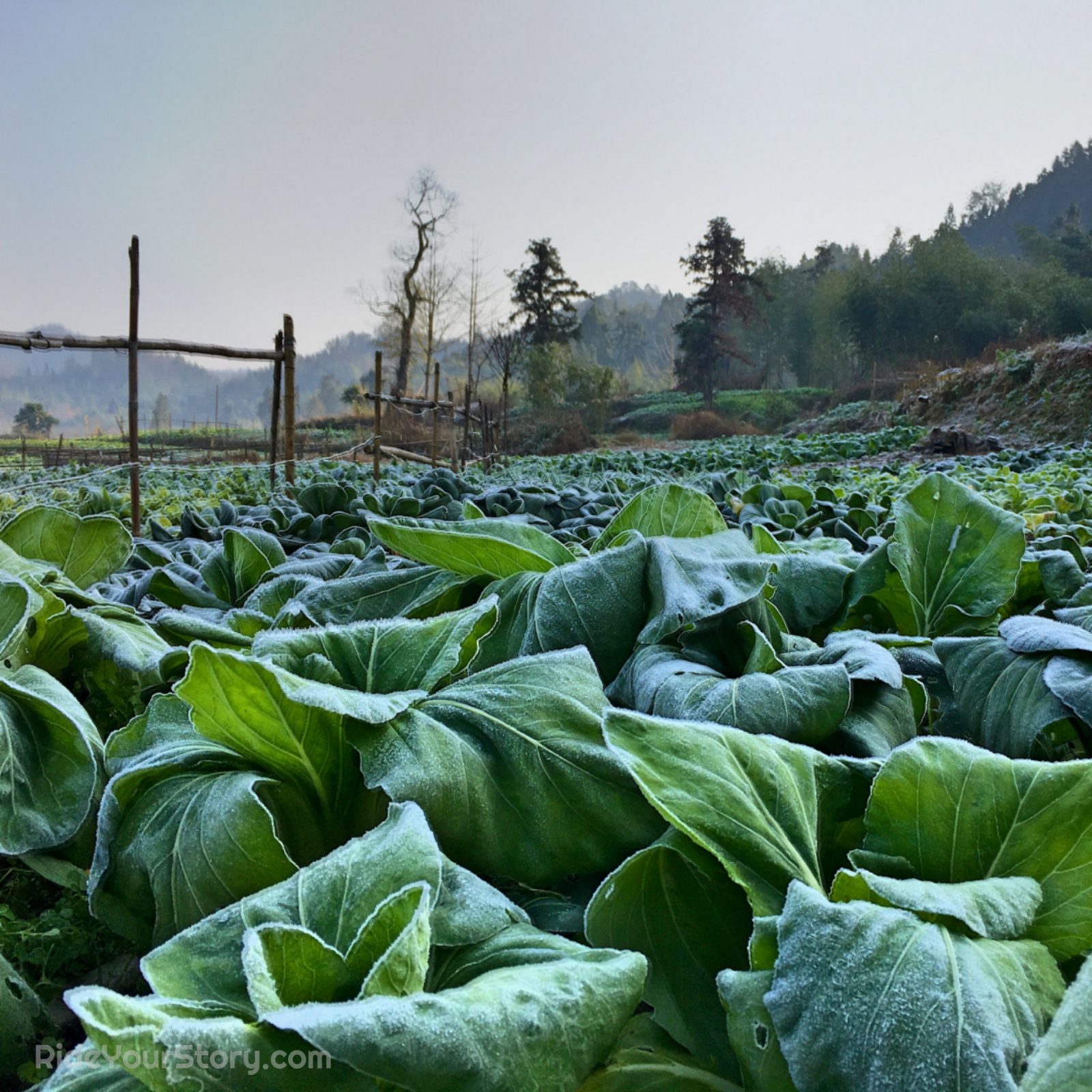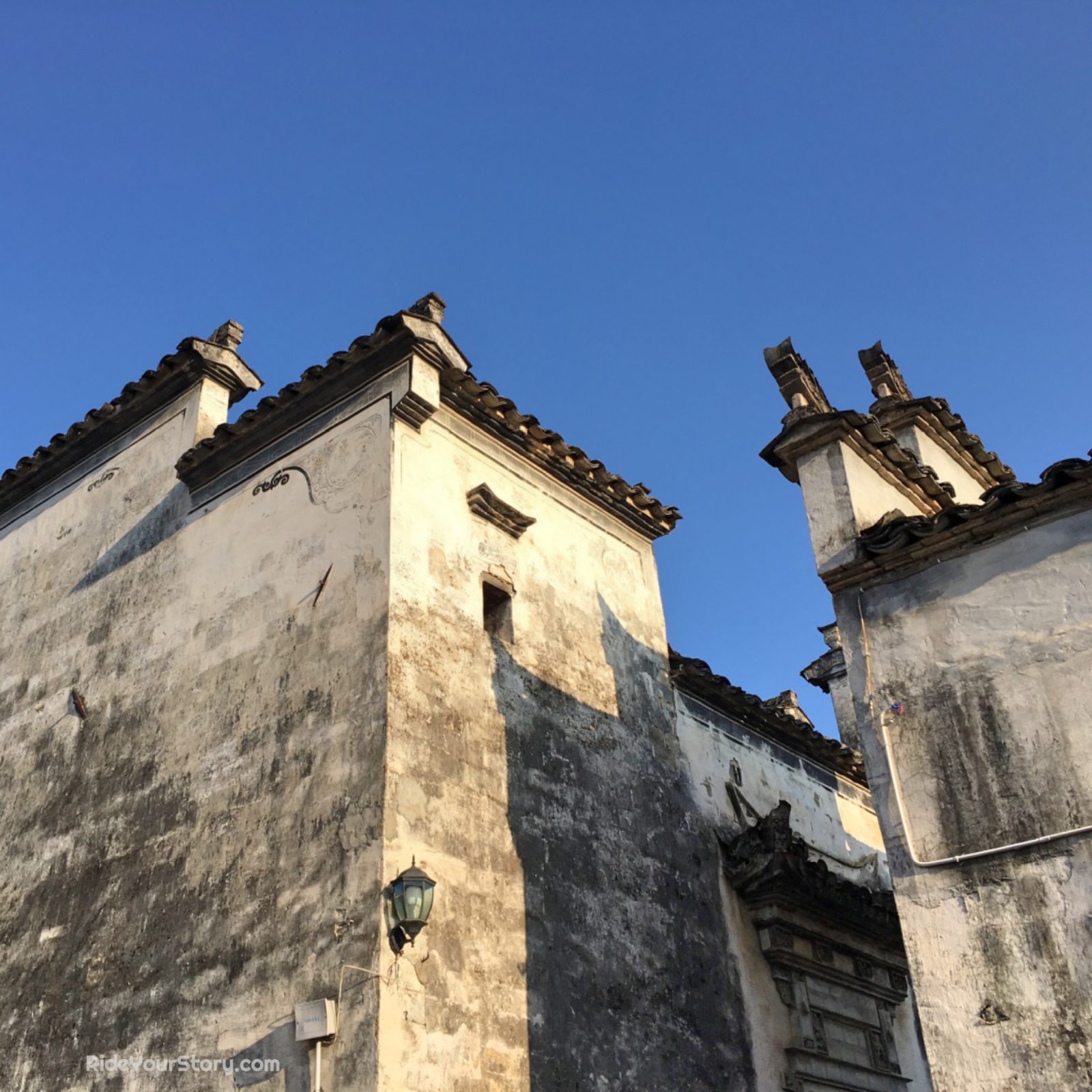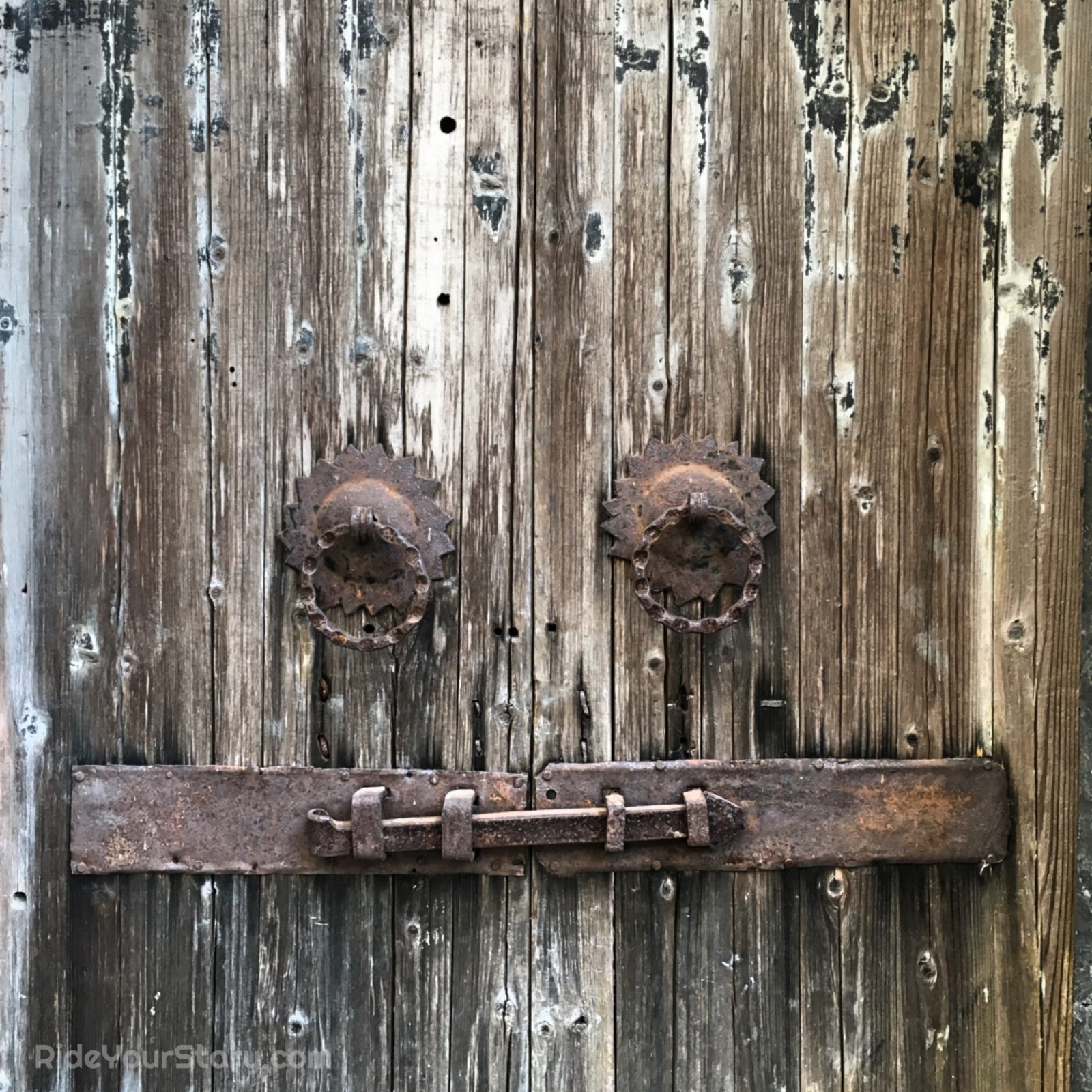Xidi Ancient Village (西递古镇) – In the olden time it is known as 西溪 (Xīxī) and 西川 (Xīchuān), namely Eastern Creek or Eastern Stream (both interchangeably in translation). The name was derived from the three stream that flow within the village from the east to west (Xī). A zonal postal office facility (铺递所) was added to the village and the name was changed to the present. The name ‘递’ means ‘deliver‘ or ‘distribute‘.
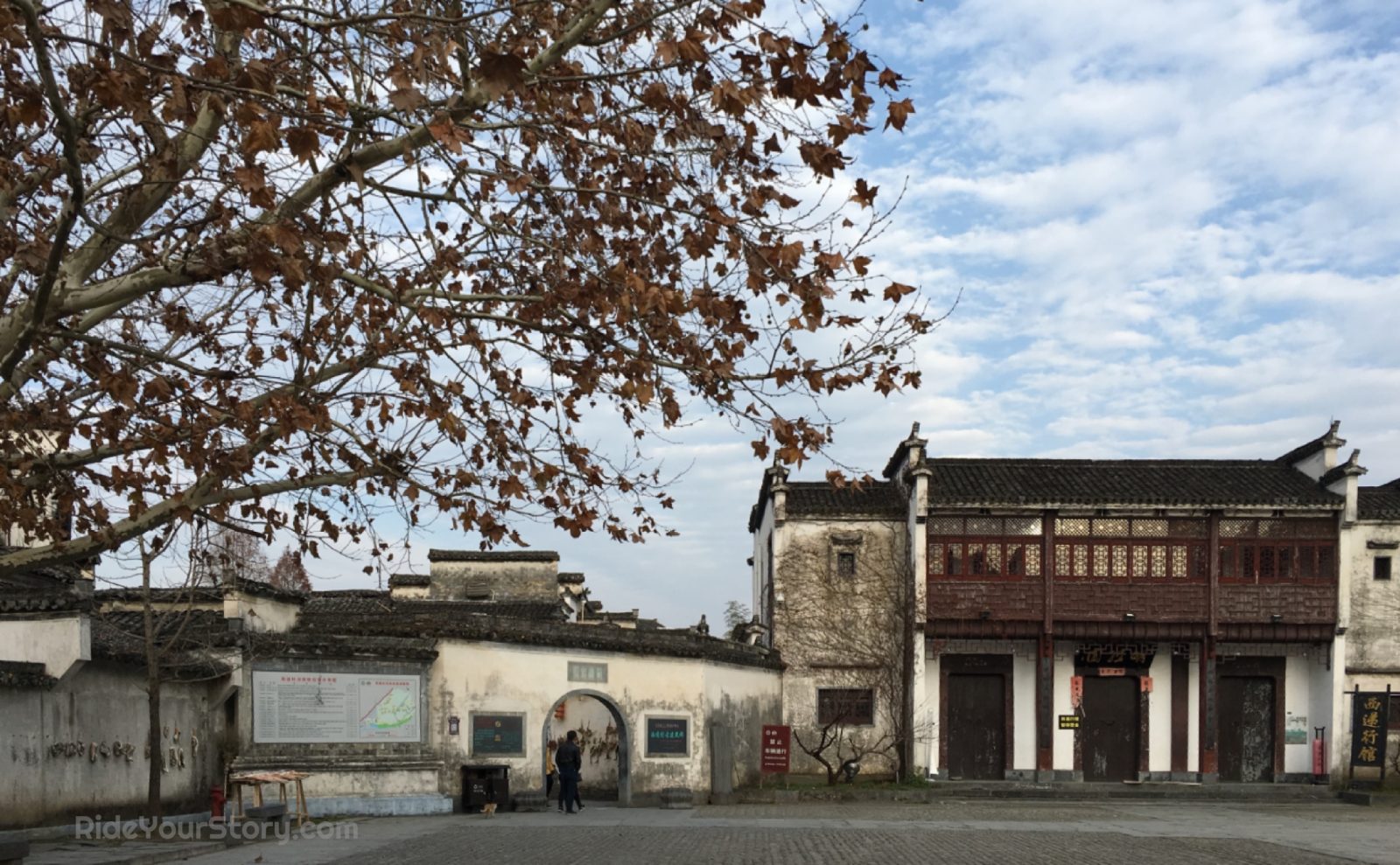
The villagers weren’t commercialized yet as of now. Most of them are going about their daily lives, tending to their field, people watching or mental drilling over a game of chess. Not all but some of occupied rooms of the larger village houses are converted to guesthouses/homestay (民舍). Likely the younger members of the family have moved away to the larger cities. Meals are served and cooked at their very same kitchen and likely with vegetable from their farm, so this is as authentic as one can get. As a criteria, Starbucks have yet to make an inroad here.
We stayed at one of the guesthouse. It was likely an inherited or leased property. We were there in the beginning of winter. There aren’t many stay over visitor in the village and we are the only guest of the house. Tendered by one staff and the kitchen was not open except for beverages. Just the way I like it, we have the whole house to us. We spent the first afternoon wandering casually through the village. The next day we will be heading to Hongcun from the morning and will explore Xidi in full when we return and before our departure.
传说
西递古镇是一个由胡氏家庭几十代子孙繁衍延绵而形成的古村落。 奠基于北宋皇佑年间,发展于明朝景泰中叶,鼎盛于清朝初期,距今已有九百五十余年。西递胡族,其先本姓李,唐昭宗李晔之幼子,因避朱温之乱,由近侍郎胡三公护带至婺源避难,后改姓为胡,取名昌翼。北宋皇佑年间(1047年)胡昌翼之五世孙胡仕良由婺源去金陵(南京)途径西递,深深被这里的山形水势所吸引,认定西递是一块极为难找的风水宝地。一年后,举家迁来西递居住,从而写下了胡氏家族壬派分支在西递九百五十余年繁衍生息的历史。故历史上就有“真李假胡”之说和“明经胡氏”之称。
Legend
In the mid-14th century. Xidi was established by a generations of a Hu (胡) clan since the Northern Song Dynasty (北宋皇佑). Developed in the mid of Ming Dynasty (明朝景泰中叶) and flourish during the early Qing Dynasty (清朝初期), with 950 years of history.
Hu clan was originally of surname Li (李). A descendant of the Emperor Li Ye in the Tang Dynasty, change his name to Hu Changyi (胡昌翼). During the Northern Song Dynasty (A.D 1047), the fifth generation descendant of Hu Changyi – Hu Shiliang (胡仕良) pass by Xidi on his way from Wuyuan (婺源) to Jīnlíng (金陵), the present day Nanjing. He was mesmerized by the beauty of the landscape and determined Xidi is a rare plot of treasure land of auspicious geomacy. A year later, he uprooted his family and settled in Xidi, thus mark the beginning of the 950 years of history.
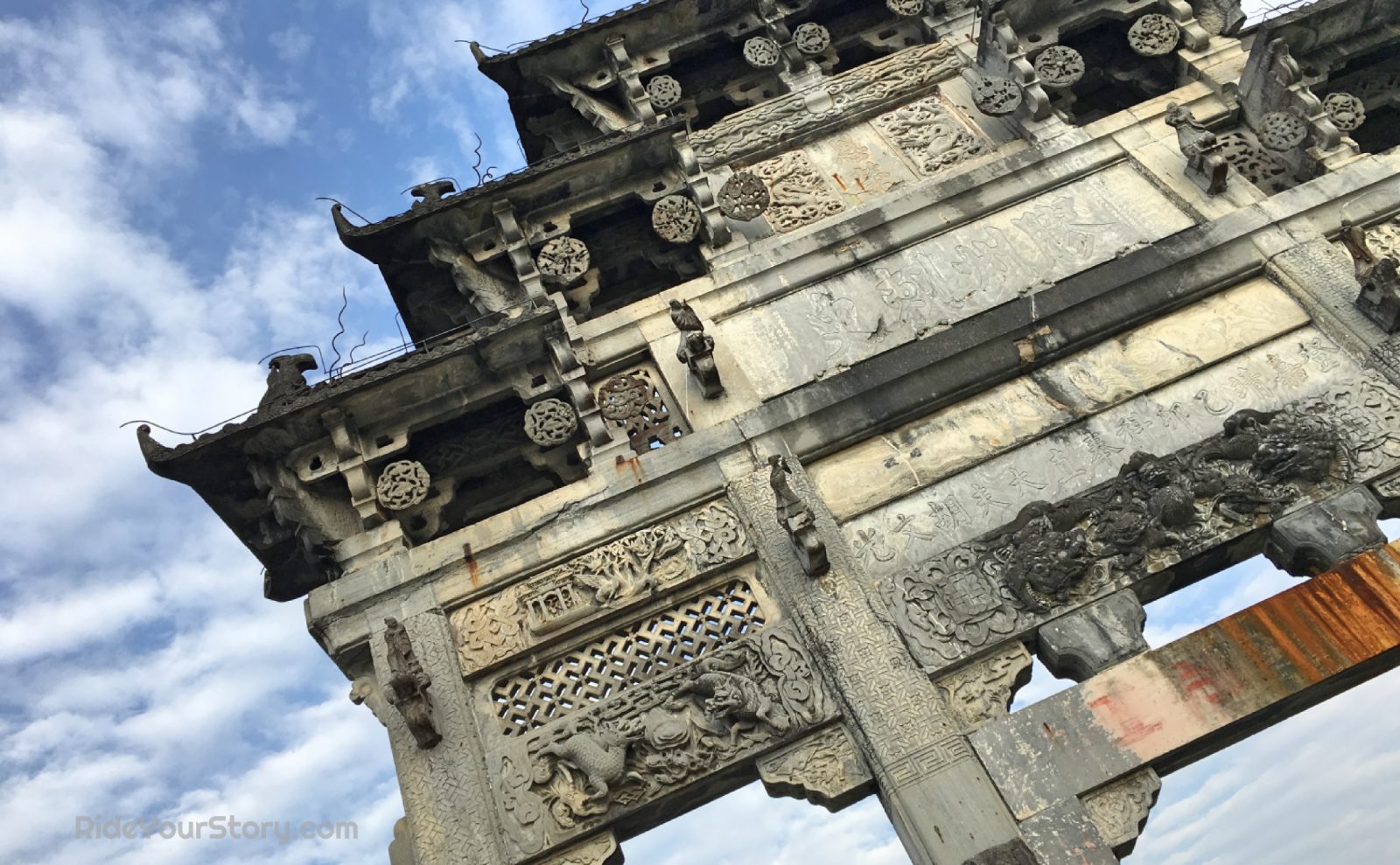
Greeting the visitor is a tall gate (胡文光刺史坊) to commemorate the achievement of Hu Wenguang (胡文光), a court official from Xidi. The gate was commissioned directly by the emperor’s court and made with locally sourced marble. At the height of 12.3m and 9.93m wide, built in A.D.1578, it is already more than 400 years old.
Similar to Hongcun. The architecture is of Ming and Qing dynasty, shown in the details the transitional period between two dynasty and in typical Huizhou fashion, with exquisite carvings and cultural scenery in the detail. From ancient to modern history of the time. Together with Hongcun, both were declared as UNESCO World Heritage Site on 30th November 2000.
Xidi was also described as ‘桃花源里人家’ – the ‘People of The Peach Blossom Spring’, based on a fictional story written by a poet Tao Yuanming (陶淵明), also known by T’ao Ch’ien (陶潛), ‘about a chance discovery of an ethereal utopia where the people lead an ideal existence in harmony with nature, unaware of the outside world for centuries.’
Day tripper flood the village, likely visiting here in tandem with Hongcun, the more popular destination in comparison. At times we felt like we are intruding their lives. I try to keep my presence to myself and avoid photographing the villagers and trampling on their field. Though many domestic tourist seem to ignore the prohibition. When the nightfall, peace reign throughout as the visitor left and we could slowly pick our choice for a dinner. Most of the houses offer home cooked meal with menu at the main door. The local menu are identical so we made our decision instead by the charm of the house and dining hall.
Her kitchen was compact and still wood fired. She seems to be preparing her own family dinner and we added ours to her chore. Time slowed and she needed it to prepare our dinner from scratch. We are here for the stretched time. With vegetable fresh from the garden and preserved for the coming winter, with added homemade tofu. It is as organic as authentic.
On the 2nd night, back from our day trip to Hongcun. We wander further explore the inner village. Some of the other historical venue you can visit within, namely
- 笃谊庭 Duyi Court
- 履福堂 Lǚfu Hall
- 西园 West Garden
- 惇仁堂 Dunren Hall
- 敬爱堂 Jing’ai Hall
- 桃李园 Taoli Garden
When nightfall early, we are again reminded by our guesthouse caretaker to go for our dinner before dark. As the houses will closed early in winter. It was already dark by 6pm, and we managed to find one still welcome us as the family are engaging in their mahjong game. An elder from the house took our order. And who must be the uncle, a still fit and responsible for the cooking, left the table and pace to the kitchen. We disrupted his mahjong game. With a cigarette still in hand puffing between his lips and working on the wok like a skilled cook with just the other hand. This scene will not be permitted to play our in a regulated premises, so this is a sight to be behold. On the hindsight, apart from the cigarette ash, no other artificial ingredients are added. I can’t say the same for a commercial kitchen in the urban cities.
On the day of our departure, we took a hike up the hill overlooking the whole village, with a village cat that follow us throughout. Come in spring (late March-April) and enjoy the Rape flower bloom and summer for the Sunflower. I am contended to exchange with less crowd and to just identifying the name of the vegetable plants.
